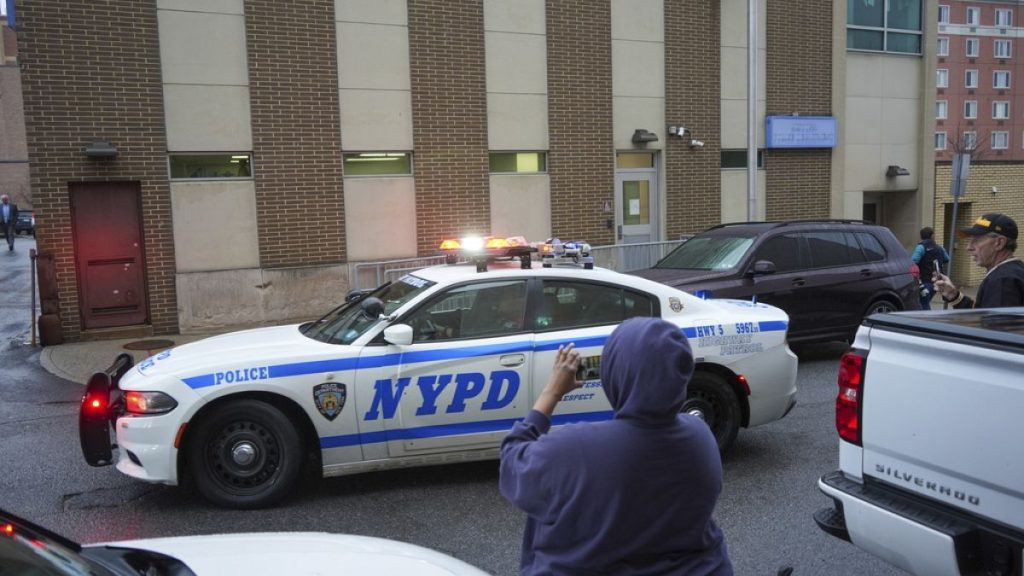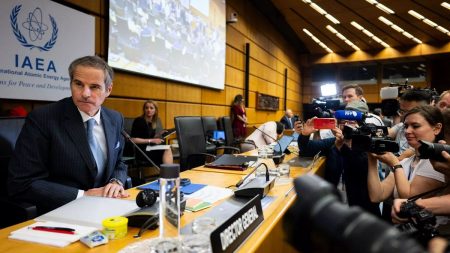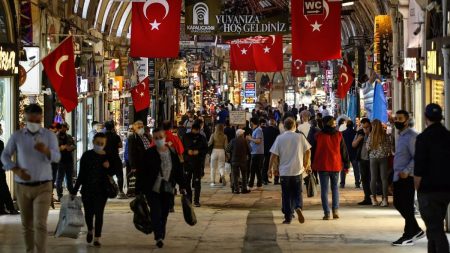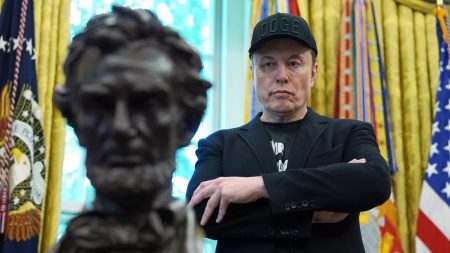The shocking assassination of Brian Thompson, CEO of UnitedHealthcare, in the heart of New York City sent ripples of fear and uncertainty across the nation. The seemingly random attack, which took place just steps from the bustling holiday crowds of Rockefeller Center, raised immediate concerns about the safety of high-profile executives and the potential motives behind such a brazen act. Thompson, a prominent figure in the healthcare industry, was targeted in a pre-dawn ambush as he walked from his hotel to the company’s annual investor conference. The meticulously planned attack left authorities scrambling to piece together the events leading up to the tragedy and to apprehend the individual responsible for the heinous crime.
The investigation swiftly unfolded, spanning multiple states and involving a multitude of law enforcement agencies. The NYPD, leading the investigation, meticulously gathered evidence from the crime scene, including witness testimonies and surveillance footage. The initial lack of a clear motive compounded the complexity of the case, leading investigators down various paths, from personal vendettas to potential acts of corporate espionage. However, a crucial breakthrough emerged when authorities discovered a connection between the suspected shooter and a hostel in New York City. This discovery provided a vital lead, narrowing the focus of the manhunt and ultimately leading to the apprehension of the suspected killer.
The arrest of Luigi Nicholas Mangione, a 26-year-old individual, brought a sense of relief and closure to a city on edge. Mangione was apprehended in Pennsylvania following a tip that placed him at a McDonald’s restaurant. This tip, combined with the earlier discovery of his connection to the New York City hostel, allowed law enforcement to close in on the suspect and take him into custody without incident. Upon his arrest, authorities recovered critical pieces of evidence, including a fraudulent New Jersey identification card matching the one used by the suspect to check into the hostel and a handwritten document that offered chilling insights into his motives.
The recovered document, described by NYPD Chief of Detectives Joseph Kenny, revealed a deep-seated animosity towards corporate America. While it did not contain specific threats against Thompson or UnitedHealthcare, the document highlighted a broader resentment against the corporate world, suggesting a possible ideological motivation behind the attack. This revelation shed light on the complex psychological factors that may have driven Mangione to commit such a violent act. The document indicated a generalized anger rather than a targeted vendetta, raising questions about the broader societal implications of such anti-corporate sentiment.
The arrest of Mangione and the recovery of the incriminating document provided a semblance of closure to the Thompson family and to a nation captivated by the shocking crime. While the motive remains a subject of ongoing investigation, the evidence suggests a complex interplay of personal and ideological factors. The case underscores the potential dangers faced by high-profile executives and highlights the need for enhanced security measures in an increasingly volatile world. The attack on Thompson serves as a stark reminder of the vulnerability of even the most protected individuals and the potential for seemingly random acts of violence to disrupt lives and communities.
The assassination of Brian Thompson remains a tragic illustration of the unpredictable nature of violence and the complex motivations that can drive individuals to commit such heinous acts. While the arrest of Mangione brings a sense of closure, the broader questions surrounding the societal factors that contribute to such acts remain. The investigation continues to delve into Mangione’s background and the specific circumstances that led him to target Thompson, seeking to provide a more comprehensive understanding of this senseless act of violence and to prevent similar tragedies in the future. The case will undoubtedly serve as a catalyst for discussions about corporate security, mental health, and the broader societal context in which such acts of violence occur.














